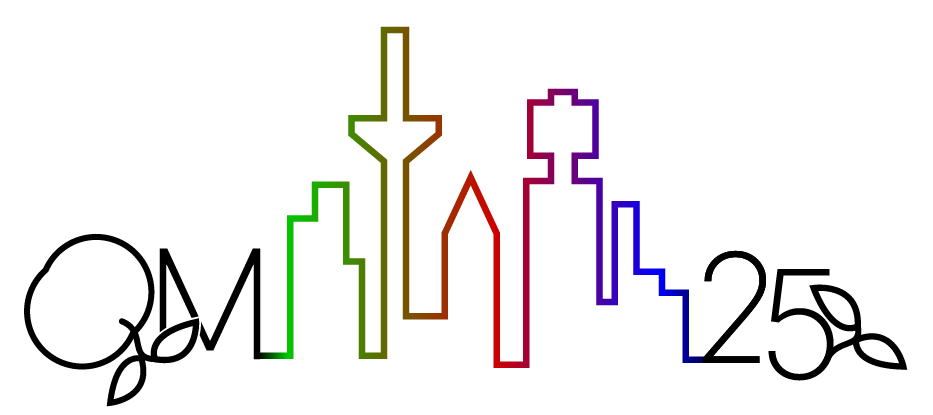Speaker
Description
Charge-dependent directed flow can reveal the influence of electromagnetic fields in heavy-ion collisions. For instance, Faraday induction is predicted to contribute negatively to $\Delta (dv_1/dy)$, defined as the difference in the slope of rapidity-odd directed flow ($dv_1/dy$), between positively and negatively charged particles. Recent STAR data from peripheral Au+Au collisions at $\sqrt{s_{NN}} =$ 200 and 27 GeV supported this scenario. In this poster, we present the STAR BES-II results of $v_1$ and $\Delta v_1$ for $\pi^{\pm}$, $K^{\pm}$, $p(\bar{p})$ and $\Lambda(\bar{\Lambda})$ as functions of rapidity, transverse momentum ($p_T$), and centrality at midrapidity in Au+Au collisions at $\sqrt{s_{NN}}$ = 19.6, 17.3, 14.6, 11.5, 9.2 and 7.7 GeV. In peripheral collisions, the sign of $\Delta(dv_1/dy)$ is consistent with the expectation from the dominance of Faraday+Coulomb effect over Hall+transported quark effect, and $\Delta(dv_1/dy)$ becomes more negative at lower collision energies, as expected from a longer lifetime of the electromagnetic field and/or a shorter lifetime of the fireball at these energies. We also discuss the expected electromagnetic-field effects on the constituent quarks in $\Lambda$ and ${\bar \Lambda}$, and consequently on their $\Delta(dv_1/dy)$ within the coalescence framework.
| Category | Experiment |
|---|---|
| Collaboration (if applicable) | STAR |
